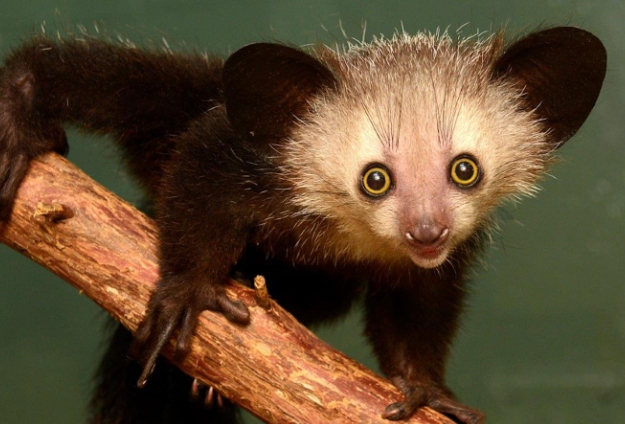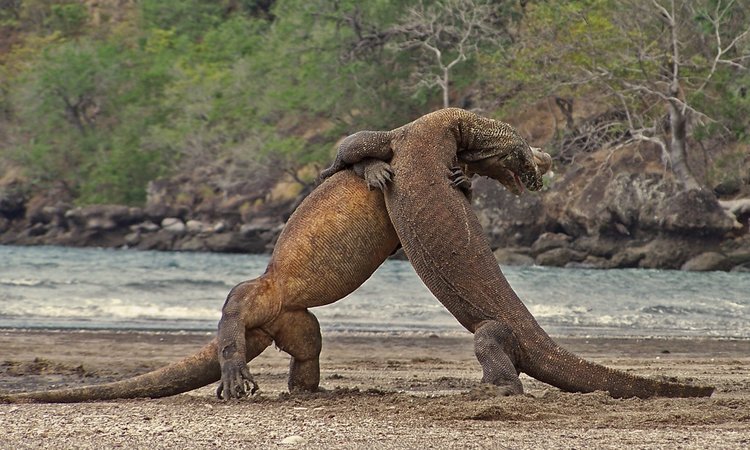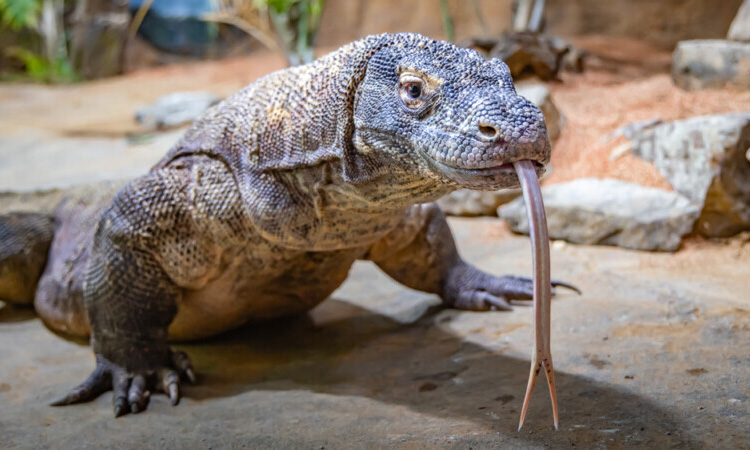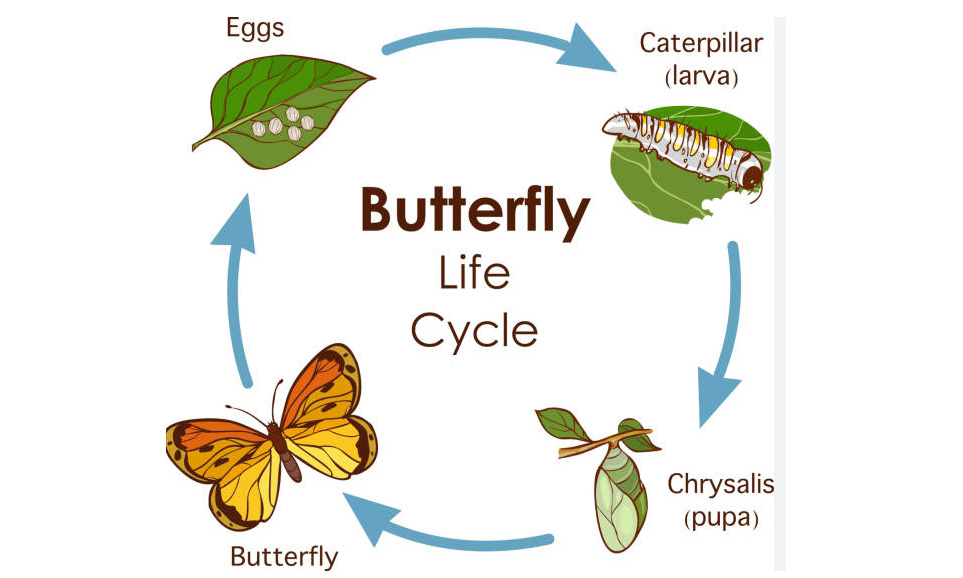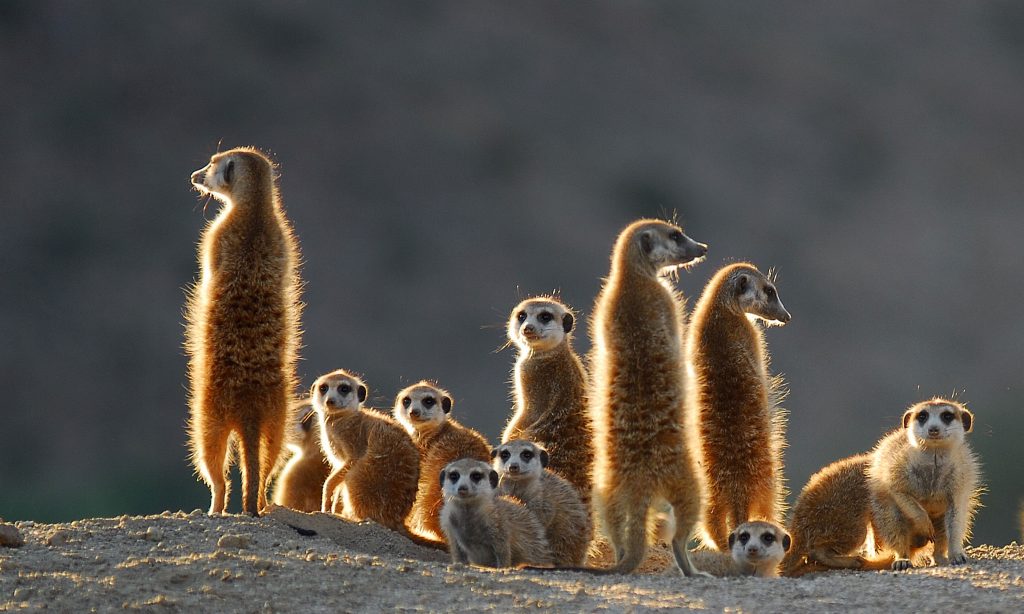The Aye Aye Lemur is one of the most enigmatic creatures in the animal kingdom, with its strange appearance and unique behavior. Found only in Madagascar, this primate has captured the curiosity of scientists and nature enthusiasts alike. Let’s delve into the world of the Aye Aye Lemur and learn more about this mysterious creature.
Discovering the Aye Aye Lemur
The Aye Aye Lemur was first discovered in the 18th century by French naturalist Pierre Sonnerat. It is one of the largest nocturnal primates in the world, with a body length of around 16 inches and a tail almost as long. Its most distinctive feature is its long, thin, bony middle finger, which it uses to tap on trees to find food.
Unique Hunting Techniques
The Aye Aye Lemur is a highly specialized hunter, using its middle finger to tap on trees and listen for the sound of hollow wood, indicating the presence of insect larvae. Once it locates its prey, it uses its sharp teeth to gnaw through the bark and extract the larvae. This unique hunting technique sets the Aye Aye Lemur apart from other primates.
Mysterious Appearance
The Aye Aye Lemur has a strange appearance, with large ears, bulging eyes, and a thin, rat-like tail. Its long, shaggy fur is black or dark brown in color, helping it blend in with its forest habitat. Despite its odd appearance, the Aye Aye Lemur is a well-adapted species, perfectly suited to its nocturnal lifestyle.
Conservation Status
The Aye Aye Lemur is listed as Endangered on the IUCN Red List, with habitat loss and hunting posing significant threats to its survival. Conservation efforts are underway to protect this unique primate and ensure its long-term survival in the wild. By raising awareness about the Aye Aye Lemur and its importance in the ecosystem, we can help safeguard its future.
In conclusion, the Aye Aye Lemur is a fascinating and mysterious primate that showcases the diversity and complexity of the natural world. By learning more about this enigmatic creature and supporting conservation efforts, we can ensure that future generations will have the chance to marvel at the wonders of Madagascar’s most mysterious primate.
